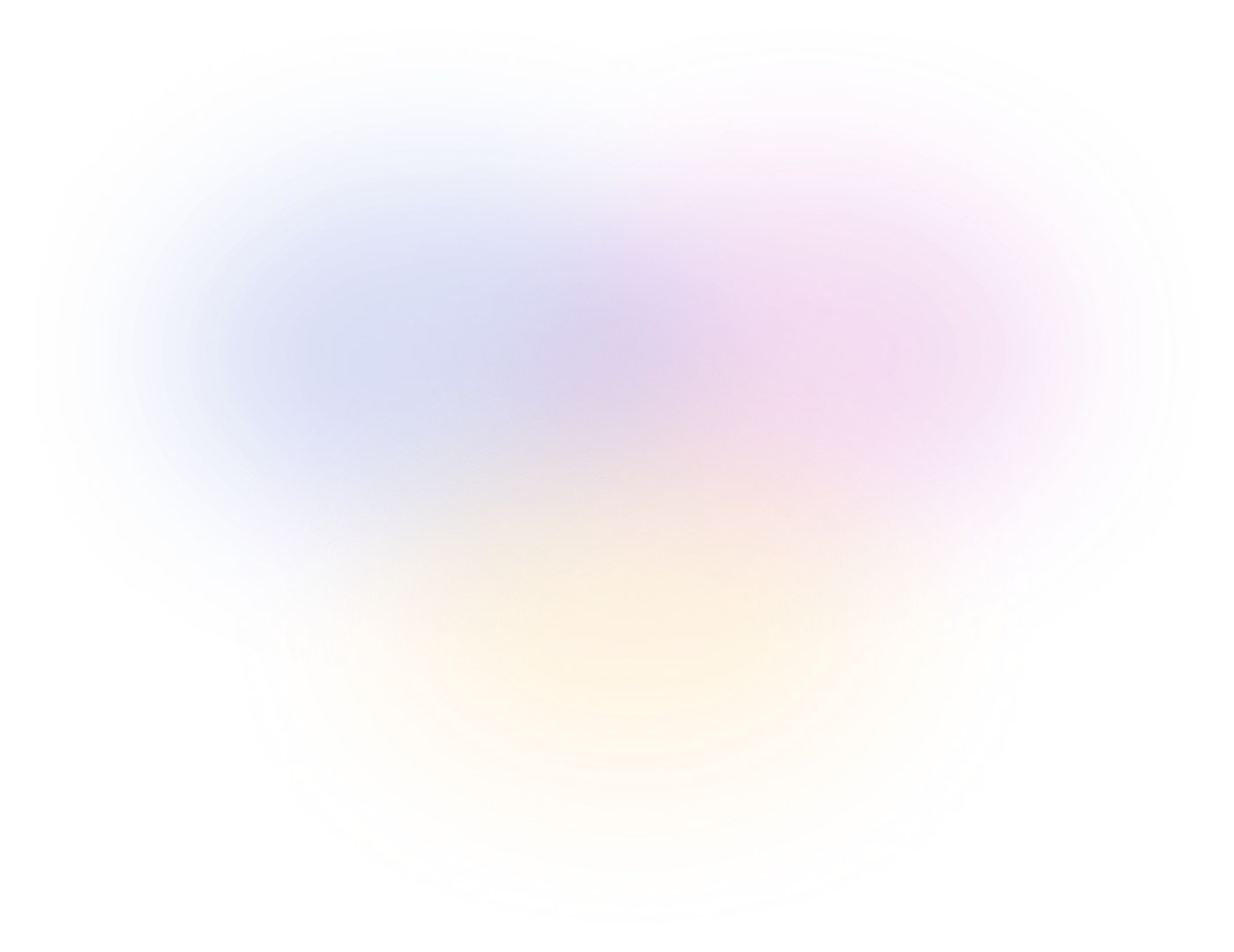
Flutter vs Native: How is Flutter better than Native Development
Making the crucial choice to start developing mobile apps requires choosing between Flutter, Google's UI toolkit, and the tried-and-true native development method. It seeks to explain why Flutter is a better option for creating engaging mobile applications than native development, exploring the essential elements that contribute to this conclusion.

Development Speed and Efficiency:
Flutter: Flutter's hidden weapon is its revolutionary hot-reload functionality, which enables real-time updates while coding. This not only speeds up development but also makes it a very useful tool for iterative and prototype development.
Native: Although there are advantages to native programming, the learning curve and dependence on platform-specific tools may cause development to go more slowly at times.

Cross-Platform Compatibility:
Flutter: Flutter is a powerful tool that enables developers to build cross-platform applications with a single codebase, catering to both iOS and Android consumers with ease. This is a game-changer in terms of cost-effectiveness as well as time-saving.
Native: The smooth user experience that Flutter can offer is challenged by platform-specific development, which, although strong, necessitates distinct codebases.
Tip: Consider Flutter as your go-to choice when aiming for a broad user base on both iOS and Android platforms, minimizing development efforts and maximizing efficiency.

User Interface (UI) and User Experience (UX):
Flutter: Developers are empowered to construct aesthetically pleasing and consistent user interfaces (UI) across platforms with a wealth of customizable widgets. It may take a little more work to achieve pixel-perfect native UI, but Flutter offers some very amazing features.
Native: Seamless integration with platform-specific design guidelines enhances the native feel, crucial for users accustomed to platform UI patterns.
Tip: When precision in UI is paramount, Flutter's customizable widgets offer a broad canvas for creativity, allowing developers to paint a user experience that stands out.

Performance:
Flutter: Leveraging the Dart programming language and a compiled codebase, Flutter provides commendable performance. However, resource-intensive applications might still find native development advantageous for fine-tuning.
Native: Direct access to platform-specific optimizations can lead to optimal performance for resource-intensive applications, a strength of native development.
Fun Fact: Flutter's performance is like a turbocharged engine, speeding through app development with the power of Dart. While native might fine-tune for specific tracks, Flutter races ahead, making it the agile choice for developers.

Community and Ecosystem:
Flutter: Boasting a growing community and an expanding ecosystem of plugins and packages, Flutter showcases its potential. While not matching the maturity of native communities, Flutter's vibrant ecosystem is continually evolving.
Native: Well-established communities, extensive documentation, and a plethora of third-party libraries provide a robust support system for native development.
Tip: For projects aiming to grow and adapt in a dynamic tech environment, Flutter's burgeoning community and rich ecosystem of tools offer a fertile ground for innovation. Flutter could be the wind beneath your project's wings, propelling it into the future.

Maintenance and Updates:
Flutter: A single codebase simplifies updates and maintenance, ensuring changes can be uniformly applied to both platforms, minimizing the chances of inconsistencies.
Native: Managing separate codebases might increase effort during maintenance, potentially leading to disparities between iOS and Android versions.
Fun Fact: Flutter's single codebase is like having a magic wand for updates – changes are seamlessly applied, reducing the likelihood of platform discrepancies.

vativeApps: Harnessing Flutter's Potential:
At vativeApps, we specialize in mobile app development services, leveraging Flutter's versatility for our diverse offerings. This includes the creation of our ready-made solutions like TikTok and dating app clone scripts. Our choice to use Flutter is driven by its efficiency, cross-platform capabilities, and the vibrant ecosystem it offers. These advantages allow us to deliver high-quality, cost-effective, and timely solutions to our clients, making VativeApps a go-to partner for innovative mobile app development.
Conclusion:
In the Flutter vs Native showdown, Flutter emerges victorious, especially for those valuing cross-platform compatibility, rapid development, and streamlined maintenance. The decision, however, isn't absolute and depends on the unique needs of a project and the expertise of the development team. As technology continues to advance, Flutter proves to be a powerful contender, reshaping the landscape of mobile app development.
Tip: Embrace the dynamism of Flutter for your projects prioritizing speed, efficiency, and cross-platform reach. It's not just a toolkit; it's a companion in crafting exceptional app experiences.




